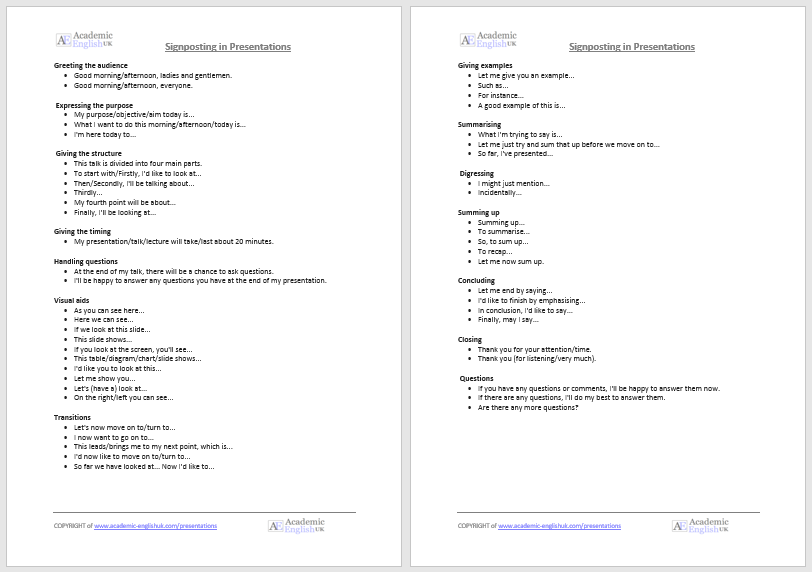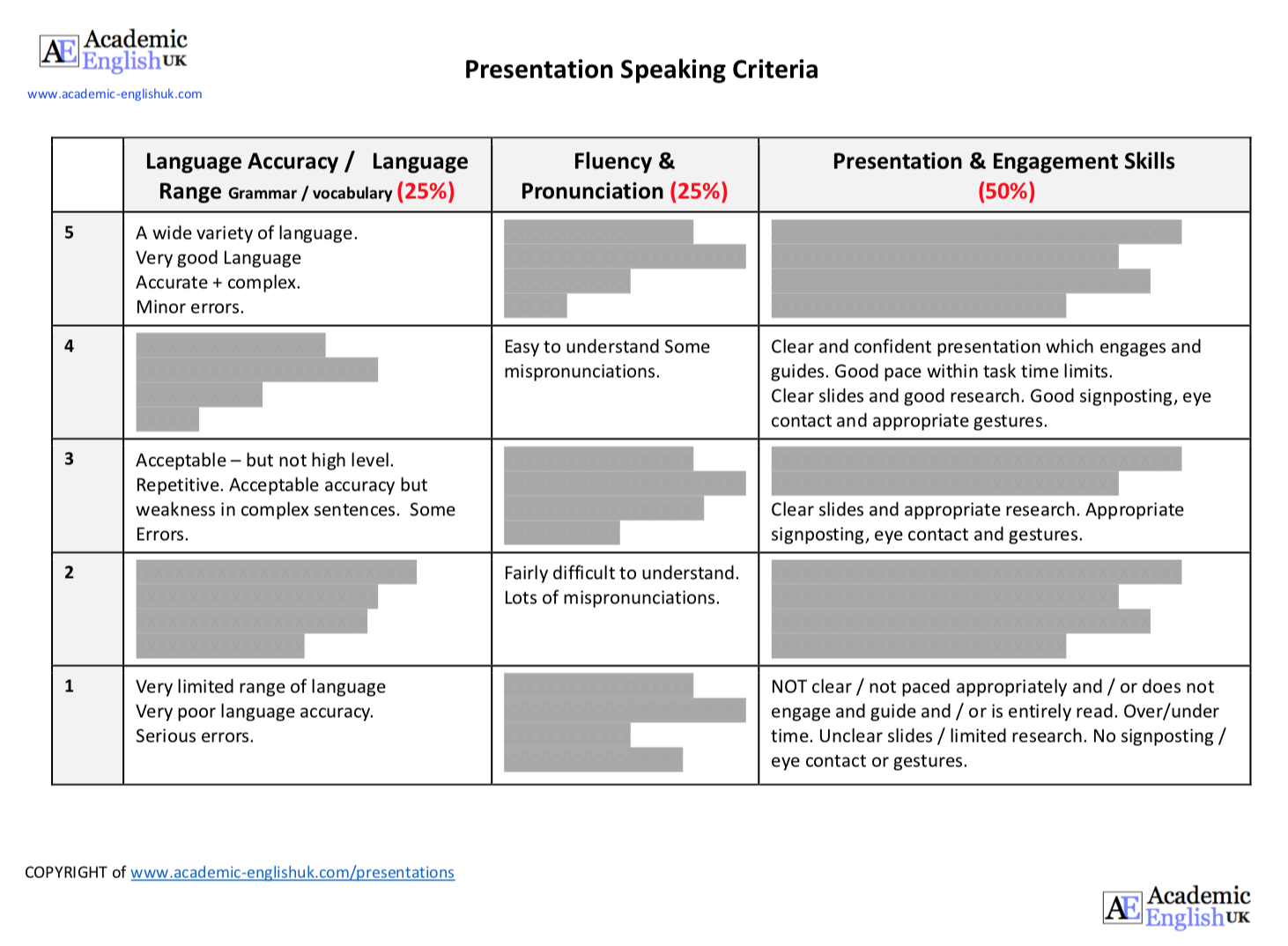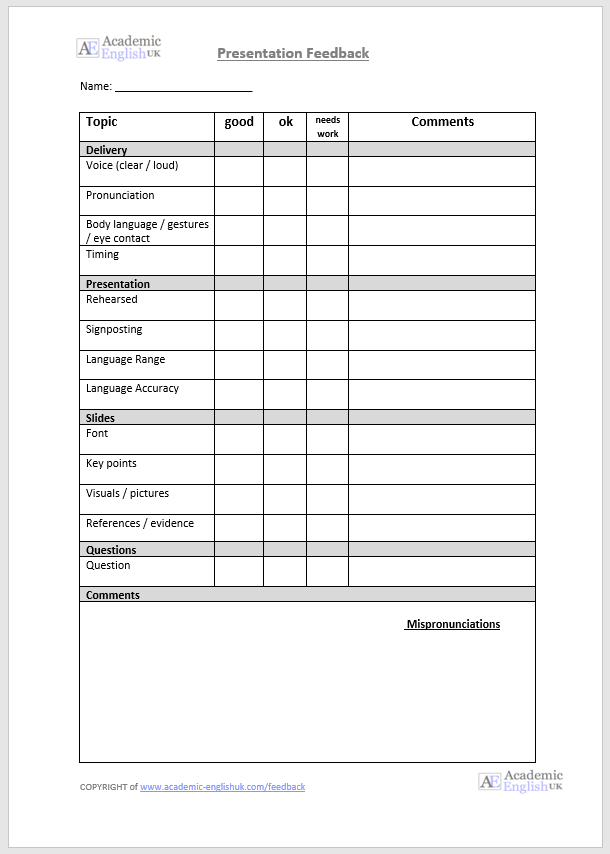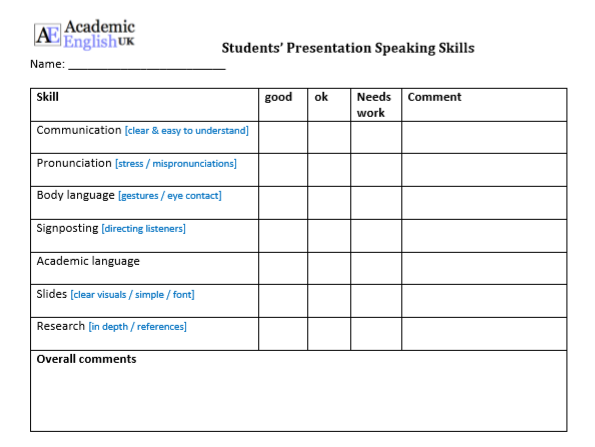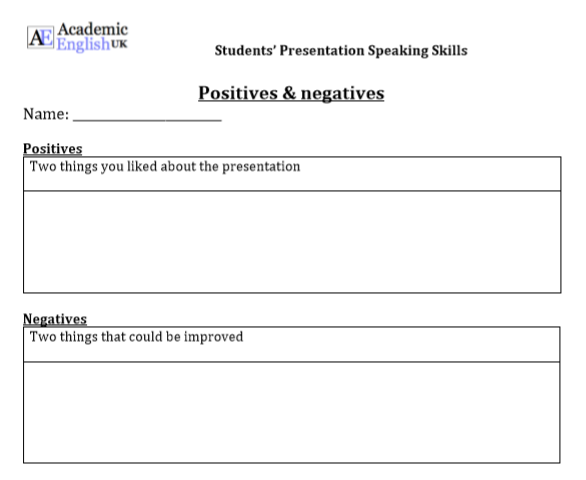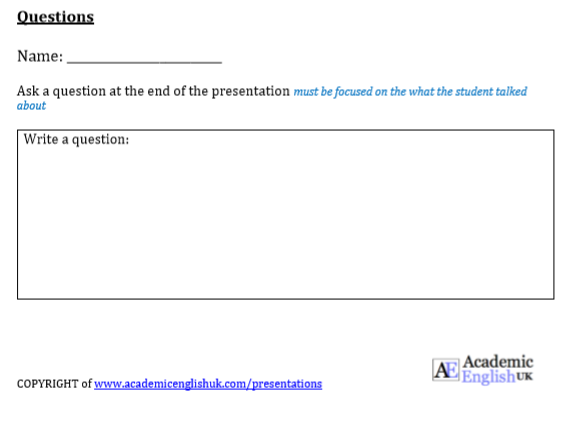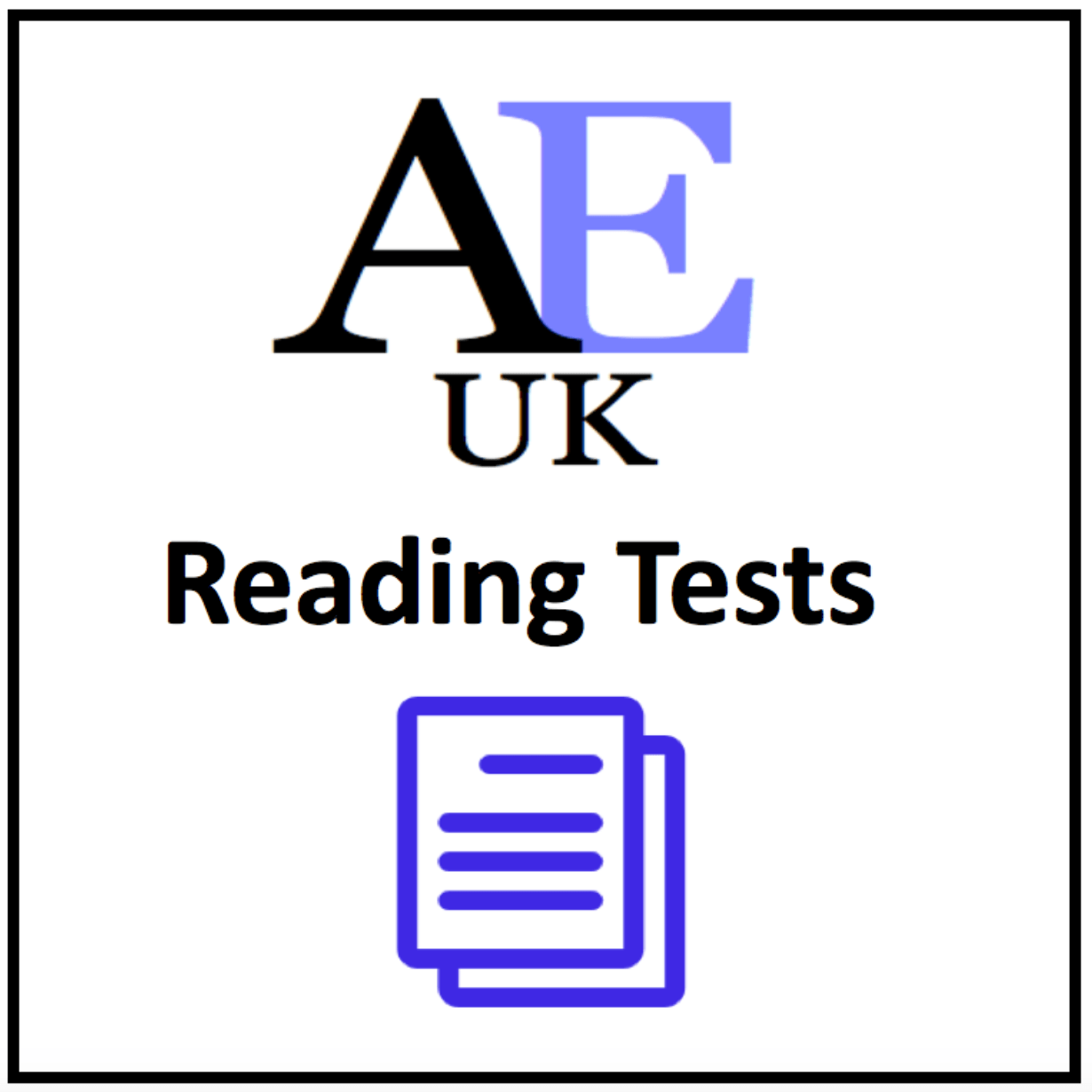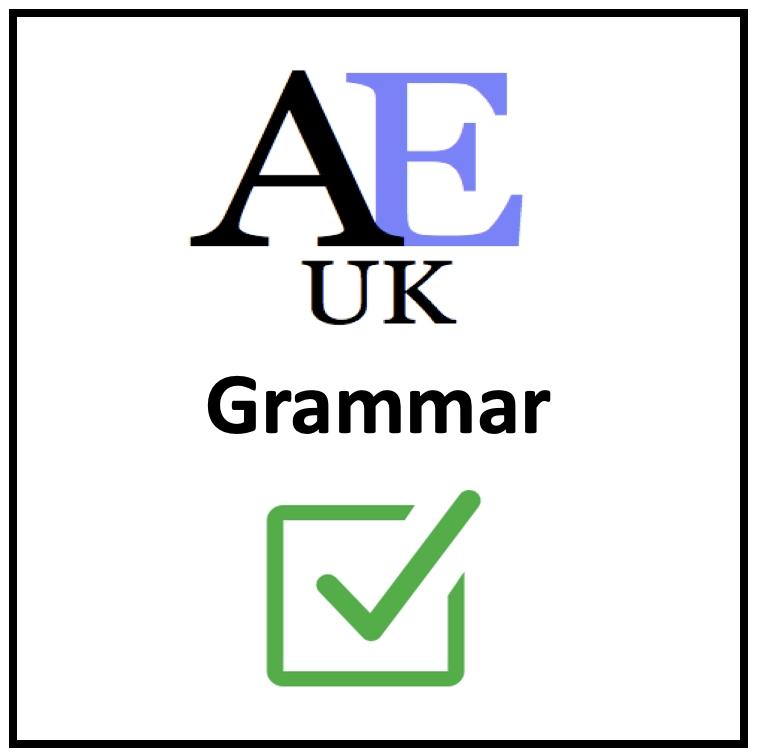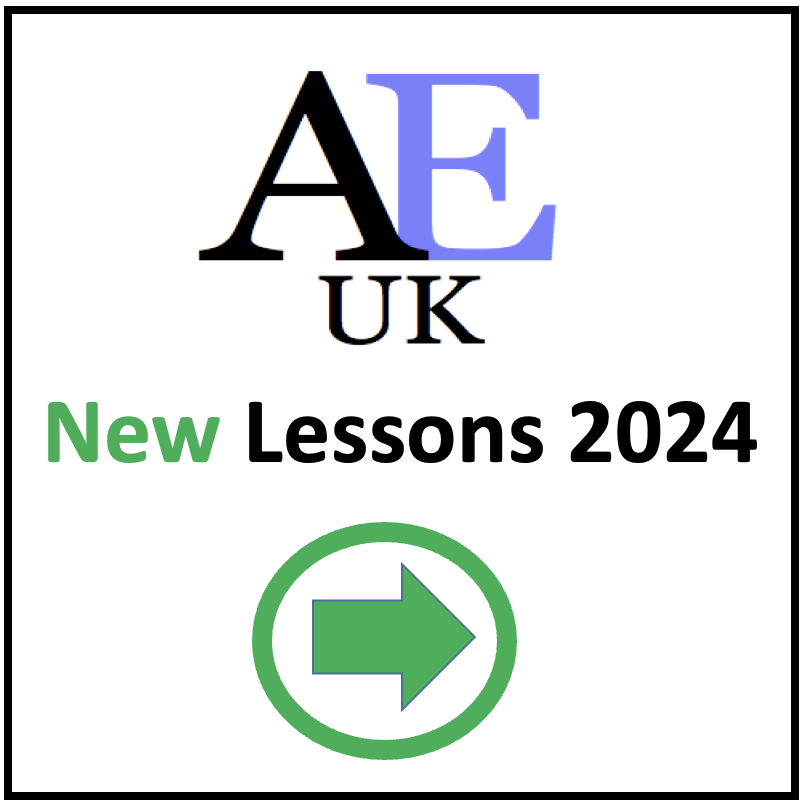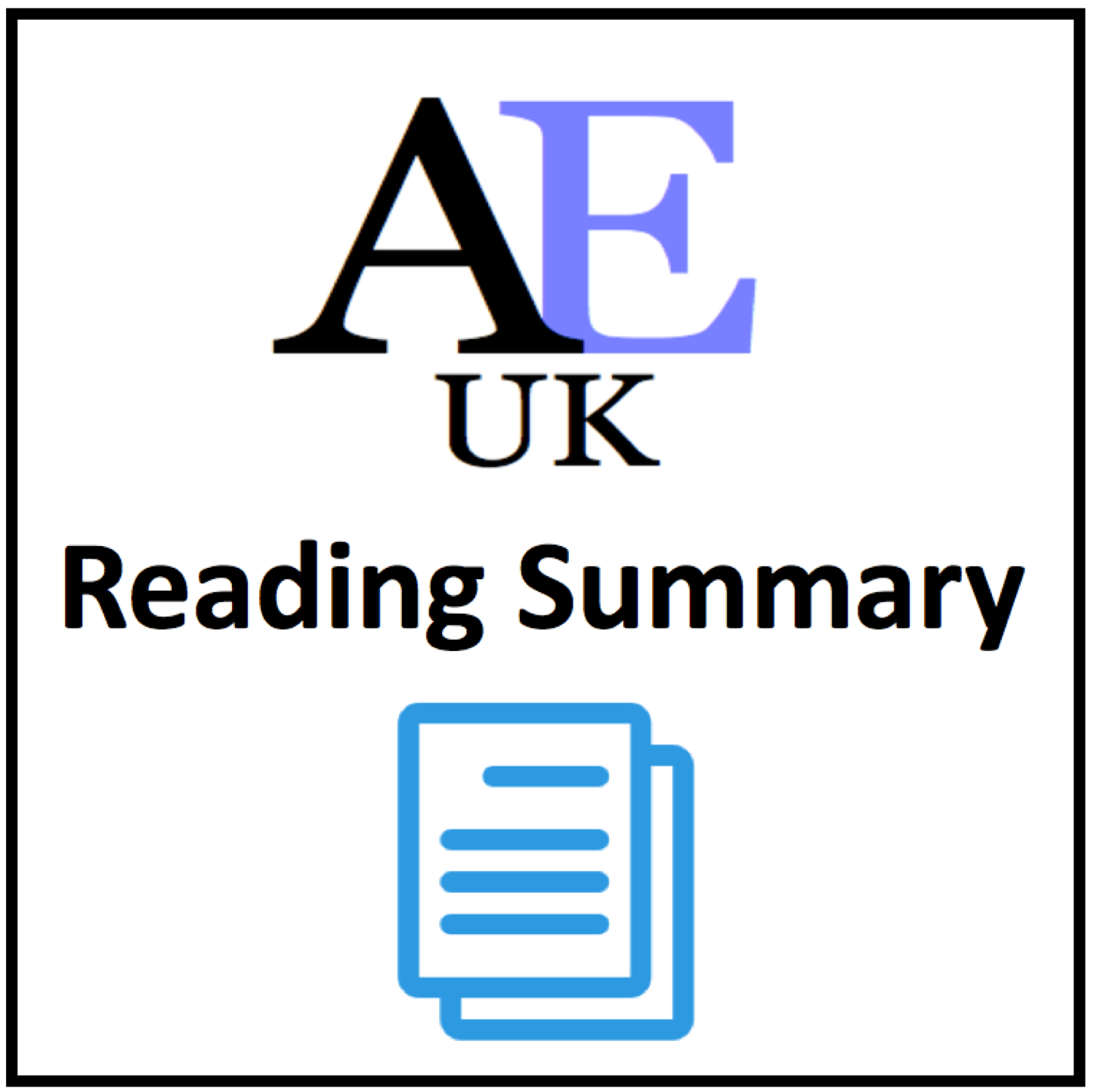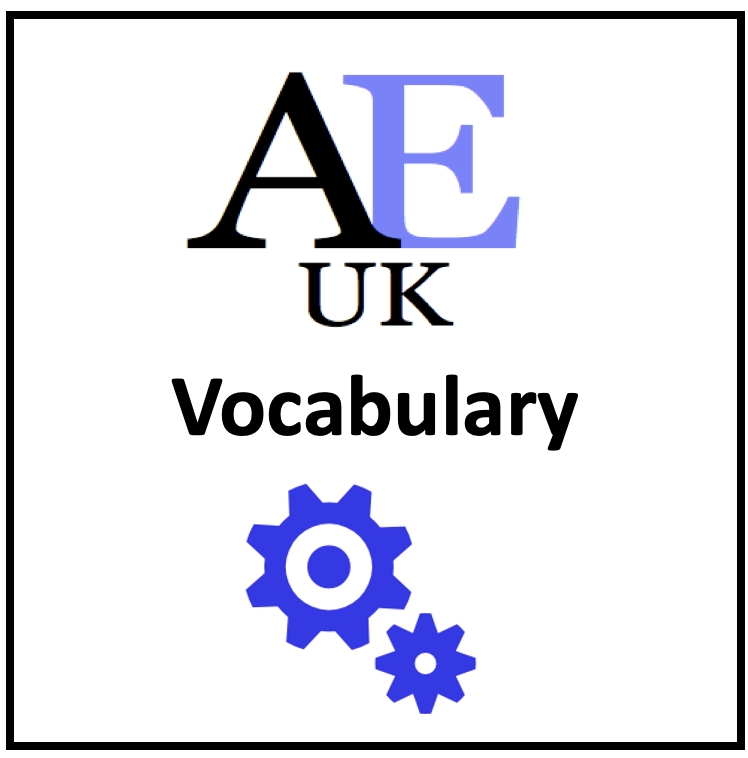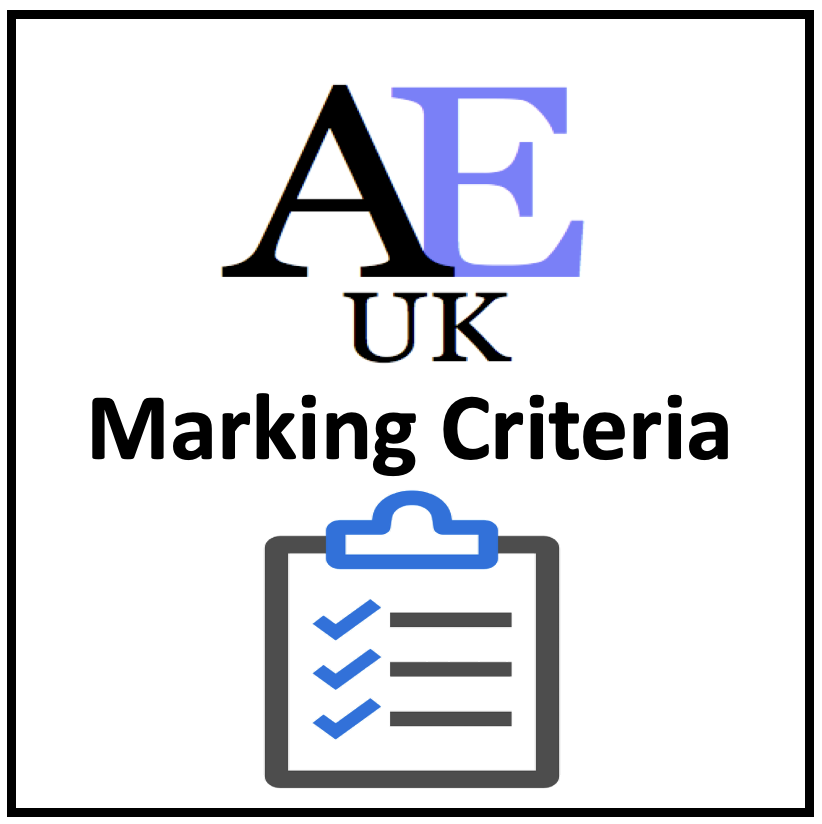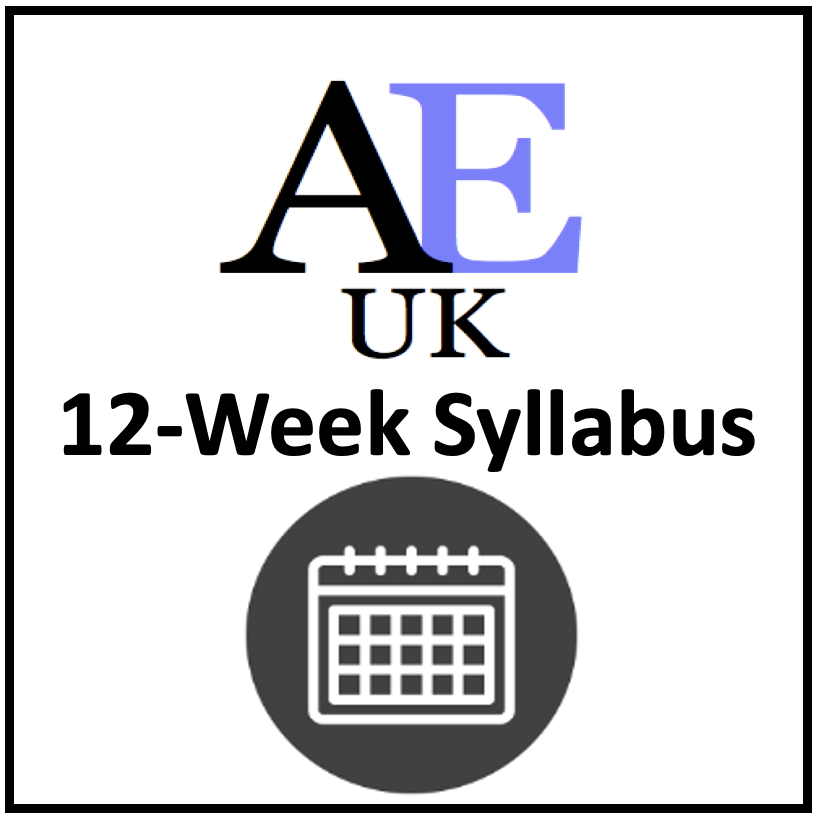RESOURCES: Reading / Writing / Listening / Speaking / Argument / SPSE / Reading Tests / Summary / Dictogloss / Grammar / Vocab / Critical Thinking / Instant Lessons / Medical English / Graphs / New 2024 /
Academic Presentations
Academic presentations are an integral part of university study and assessment. Academic presentations may be presented individually or as a group activity but both require the key skills of planning and structuring key information. The key difference between an academic presentation and a general presentation is that it is usually quite formal and includes academic research to evidence the ideas presented. The presentation will include references to credible sources and demonstrate clearly your knowledge and familiarity of the topic.

Presentation lessons / worksheets
Click on any link to be taken to the download
Presentation Information
Intro to Presentations
Academic Presentations
Presentation Phrases
What is an academic presentation?
Presentation PPT Slides
Improve your PPT slides
Create Effective PPT Slides
A Basic PPT Presentation
Graphs & Charts
Presentation Feedback
Marking Criteria
Teacher Feedback Form
Peer Feedback Form
Peer-to-Peer Feedback Form
Academic Presentation Information
Giving a good academic presentation
- Think about the aim of your presentation and what you want to achieve.
- Concentrate on your audience: who they are and what they (want to) know.
- Choose the topic that interests you: involvement and motivation are key to confidence.
- Give your presentation a clear and logical organization so that everyone can follow.
- Present information visually: this adds interest to your talk and makes it easier to follow.
- Practise giving your presentation until you are familiar with the key points; this way you may discover any potential problems and check the timing. Besides, practice will also make you feel more confident.
Basic outline / structure
- Introduction: introduce the topic, some basic background, thesis (your stance or argument).
- Outline: provide basic bullet points on the key parts of the presentation.
- Main body: divide the main body into sections.
- Evaluation: always include evaluation. This can be a separate section or part of the main body.
- Conclusion: summarise key points, restate the thesis and make a recommendation / suggestion / prediction.
- Reference list: create one slide with all your sources.
- Questions: be prepared to answer questions.
Delivery
- Cope with nerves: breathe deeply; it calms you down and stops you from talking too quickly.
- Control your voice: speak clearly and try to sound interesting by changing intonation and rhythm.
- Watch your body language: try to give the impression that you are relaxed and confident.
- Maintain eye contact with your audience: it keeps them interested in what you are saying. For this reason, you should not read.
- Provide visual information, but do not give too many facts at a time. Give your audience enough time to take them in.
- Keep attention by asking rhetorical questions.
Presentation Speaking Criteria
This is a basic criteria to assess presentation speaking skills. It has three key criteria: Language accuracy & language range, fluency & pronunciation, and presentation & engagement. Example / Level: ***** [B1/B2/C1] TEACHER MEMBERSHIP
An Introduction to Academic Presentations
 Introduction to presentations (new 2023)
Introduction to presentations (new 2023)
This lesson is designed to introduce students to academic presentations. It contains information on how to plan, structure, and deliver an academic presentation. It includes a listening worksheet, presentation signposting phrases and a mini-presentation activity. Example. Level: ***** [B1/B2/C1] TEACHER MEMBERSHIP / INSTITUTIONAL MEMBERSHIP
Presentation Phrases (Signposting Language)
What is an Academic Presentation?
If you can’t access this YouTube video in your country, go here
 Presentation Worksheet
Presentation Worksheet
This lecture discusses the key ideas of giving an academic presentation including referencing, signposting, delivery and rehearsal. 2-page listening worksheet with answers. A great introduction to giving a presentation. Example. Level ***** [B1/B2/C1] Video [7:00] / MP3 / TEACHER MEMBERSHIP / INSTITUTIONAL MEMBERSHIP
*
Improve your PPT Slides
If you can’t access this YouTube video in your country, go here
 Improve your Presentation PowerPoint Slides
Improve your Presentation PowerPoint Slides
These are PPT slides from the above video or go here. It’s a great way to explain how to present effective slides by using the correct fonts, focusing on key points and using animation to help audience engagement. The slides can be adapted to sort your style and method of teaching. Video [12:00] Level ***** [B1/B2/C1] / TEACHER MEMBERSHIP / INSTITUTIONAL MEMBERSHIP
*
Create Effective PPT Slides
 Create PPT slides people will remember – Duarte Inc [CEO]
Create PPT slides people will remember – Duarte Inc [CEO]
Harvard Business Review: How to plan an informed presentation and what is needed to create really effective slides that keep an audience engaged. More HBR listening worksheets are Example Video [03:08] Level: ***** [B2/C1] / TEACHER MEMBERSHIP / INSTITUTIONAL MEMBERSHIP
*
A Basic PPT Presentation
If you can’t access this YouTube video in your country, go here
This is a video example of a ‘basic’ presentation on Domestic Violence using signposting language and a basic structure
Academic Presentation Marking Criteria
A basic criteria that can be used to assess and grade a students’s presentation – full criteria in paid version (below).
 Presentation Speaking Criteria
Presentation Speaking Criteria
This is a basic criteria to assess & grade presentation speaking skills. It has three key criteria: Language accuracy & language range, fluency & pronunciation, and presentation & engagement. Example / Level: ***** [B1/B2/C1] TEACHER MEMBERSHIP / INSTITUTIONAL MEMBERSHIP
Marking Criterion: writing, seminar & presentation criteria
This is a booklet of three marking criterion. It includes a writing criteria (two types: basic / academic sources), seminar criteria (two types: basic / academic sources) and presentation criteria. These are word documents so they can be adapted to your specific requirements. Example / Level: ***** [B1/B2/C1] TEACHER MEMBERSHIP / INSTITUTIONAL MEMBERSHIP
Teacher Presentation Feedback Form
A basic feedback form to give to students after they have done a presentation to help them identify areas for improvement.
Presentation Feedback Form
A teacher feedback form to access the students’ ability on key areas of delivery, presentation, slides, questions and extra comments. The form is in a word document so you can adapt it to meet your specific criteria.
Peer Presentation Feedback Form
Good idea!! While the students perform their presentation, the other students can evaluate the presentation (with a basic criteria), write questions to ask at the end and/or give some constructive feedback on the positives / negatives of the presentation.
Peer-to-peer Feedback Form
Three separate peer-to-peer feedback forms. Presentation skills (tick box), positives & negatives, and questions. Give these forms to the other students to complete while they watch a peer’s presentation.
Presentations: Describing Graphs and Charts Lesson
Describing graphs – the basics
This lesson begins labelling the key features of a graph and naming different graph / chart types. It then provides a practice to see if students can describe a range of different lines (peak, plummet, etc..). This is followed by a fun activity where in pairs students describe and plot the lines on four graphs. Example. Level: ***** [B2/C1] / TEACHER MEMBERSHIP / INSTITUTIONAL MEMBERSHIP
*
Describing graphs: analysis and evaluation (updated 2023)
This lesson begins with describing basic graphs and suggesting what they could represent. It then provides the language necessary for describing, analysing and evaluating. This is followed by students researching and analysing graphs/charts/tables from the Office of National Statistics (ONS) and giving a short presentation on their findings. Example. Level: ***** [B1/B2/C1] TEACHER MEMBERSHIP / INSTITUTIONAL MEMBERSHIP
More digital resources and lessons
Readings
online resources
Tests
online resources
Grammar
online resources
Medical English
online resources
New for 2024
online resources
DropBox Files
Members only
Writing
online resources
Summary
online resources
Vocabulary
online resources
Instant Lessons
online resources
Marking Criteria
online resources
OneDrive Files
Members only
Listening
online resources
Argument
online resources
Critical Thinking
online resources
Topic-lessons
online resources
Feedback Forms
online resources
6-Week Course
Members only
Speaking
online resources
SPSE Essays
online resources
Free Resources
online resources
Charts and graphs
online resources
AEUK The Blog
online resources
12-Week Course
Members only

